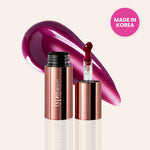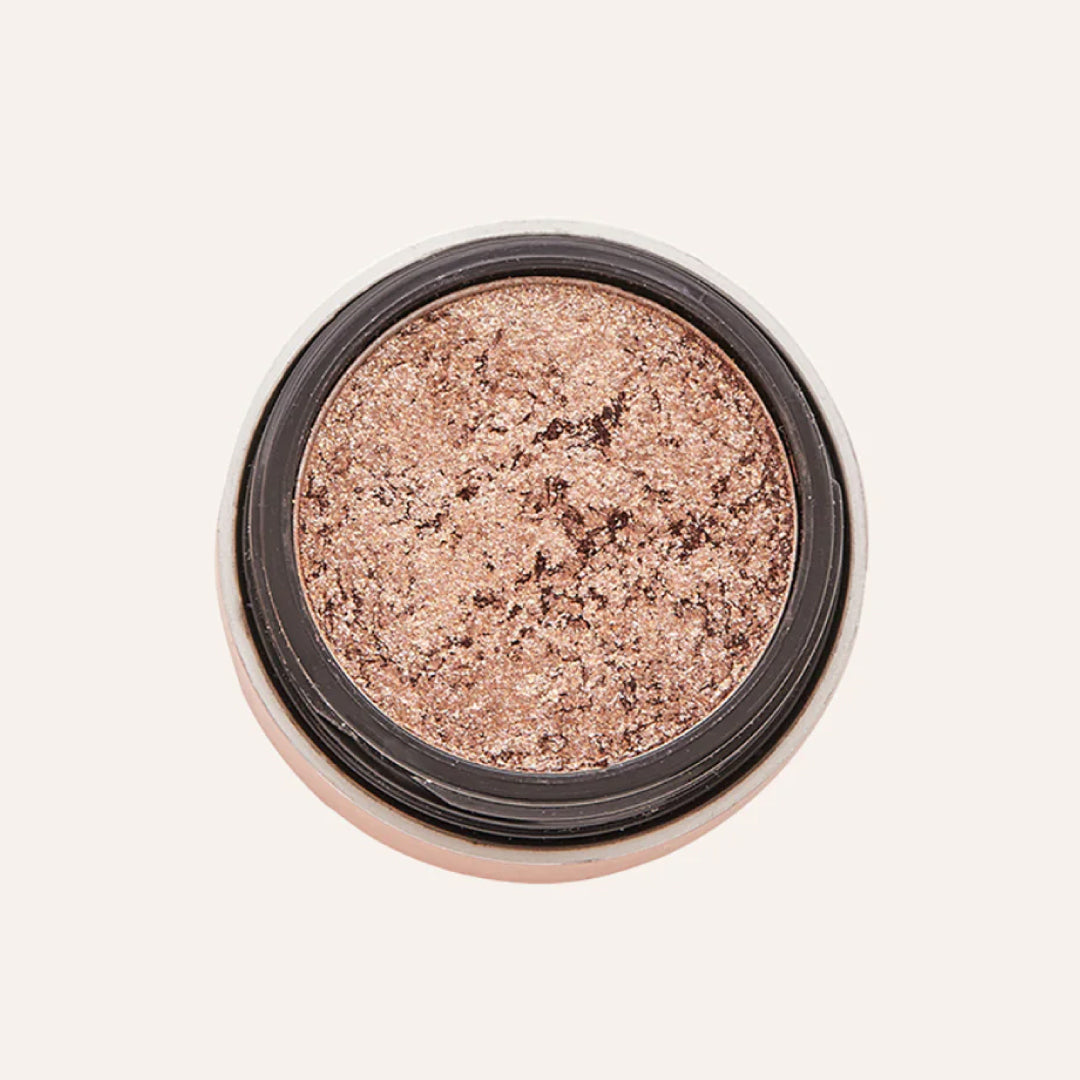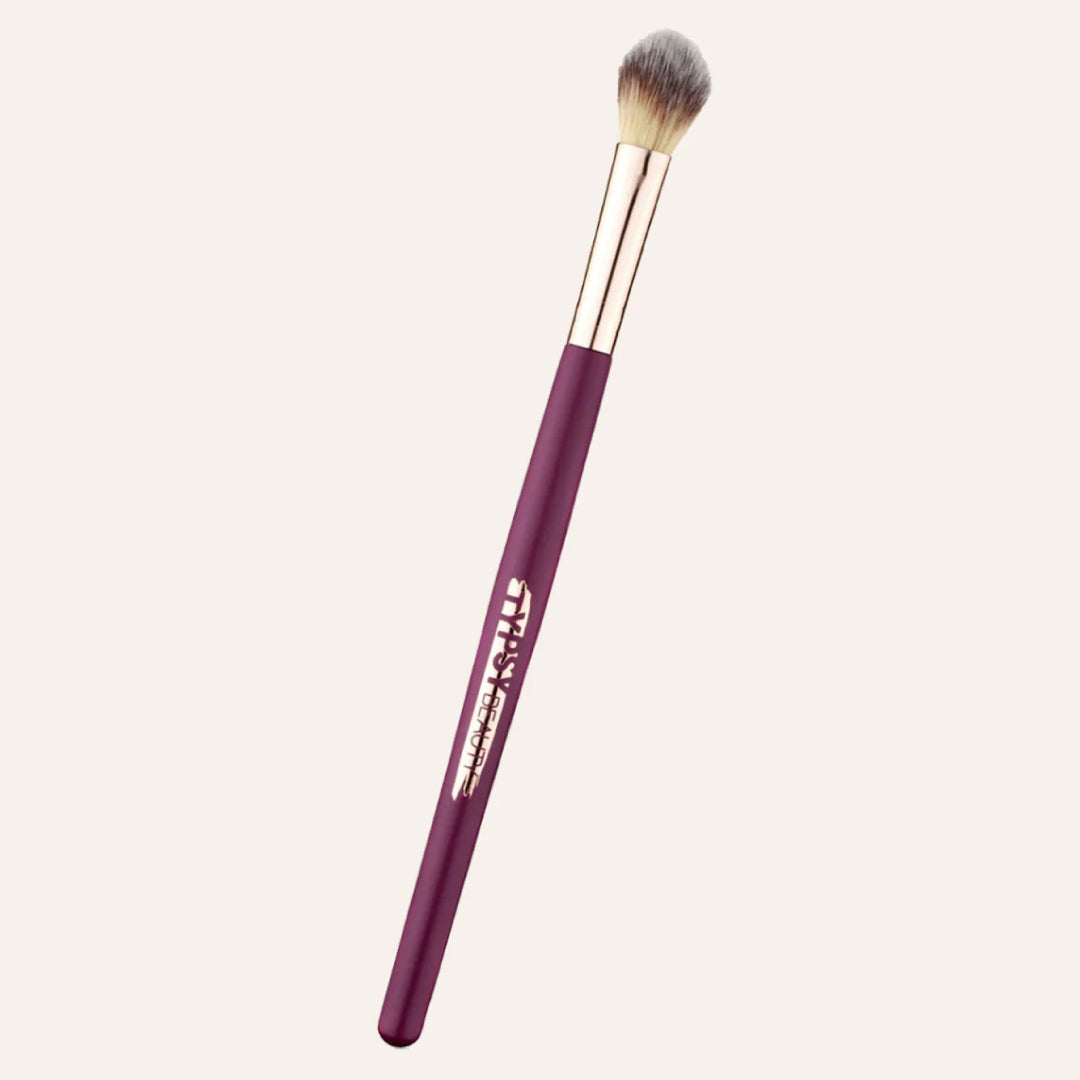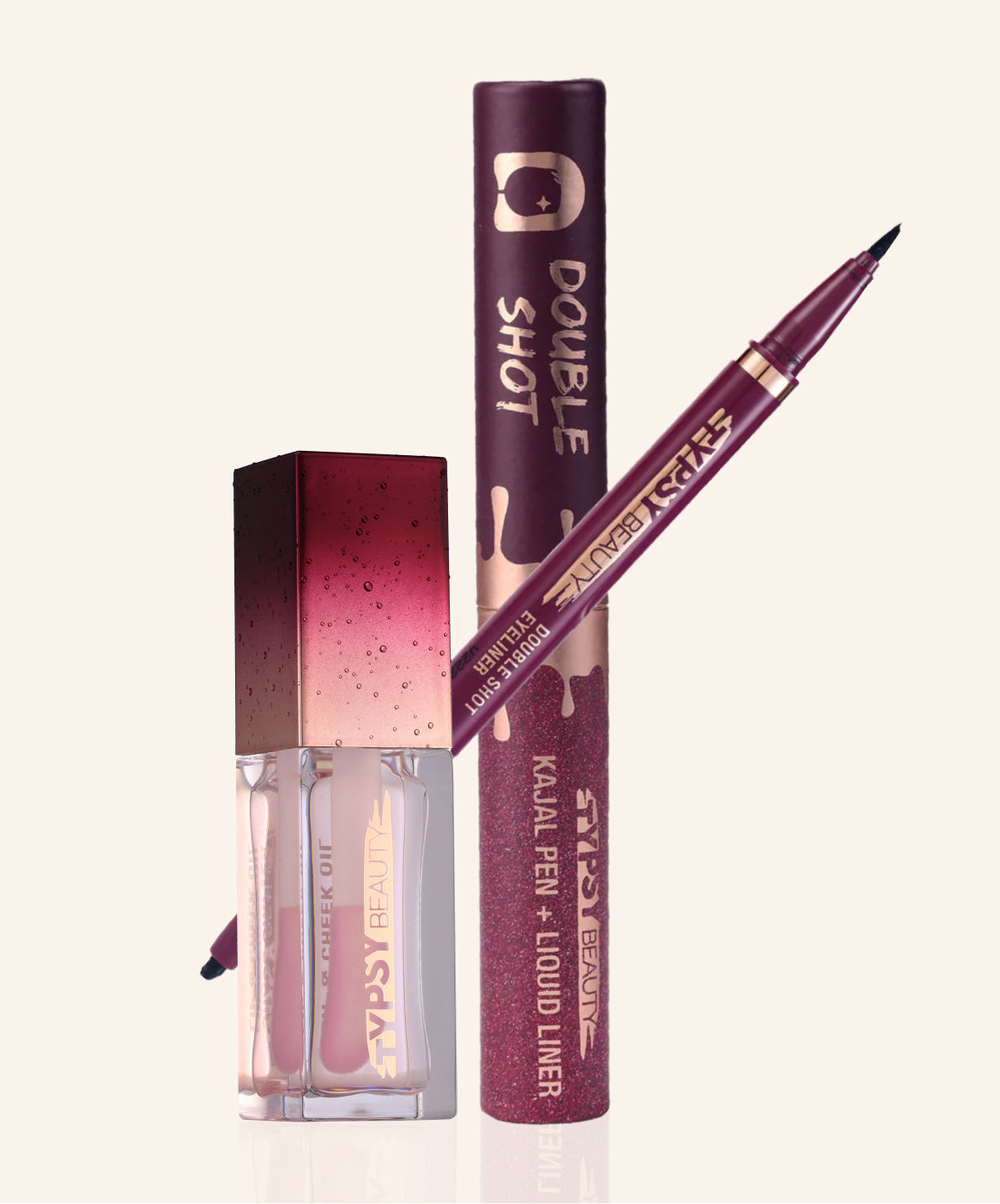- Buy More, Save More
- Flat 450 Off above 1999 | Flat 250 Off above 1399
- Buy More, Save More
- Flat 450 Off above 1999 | Flat 250 Off above 1399
- Buy More, Save More
- Flat 450 Off above 1999 | Flat 250 Off above 1399
- Buy More, Save More
- Flat 450 Off above 1999 | Flat 250 Off above 1399
- Buy More, Save More
- Flat 450 Off above 1999 | Flat 250 Off above 1399
- Buy More, Save More
- Flat 450 Off above 1999 | Flat 250 Off above 1399
Ultimate Makeup Tutorial Guide for Content Creators
Maya Deiss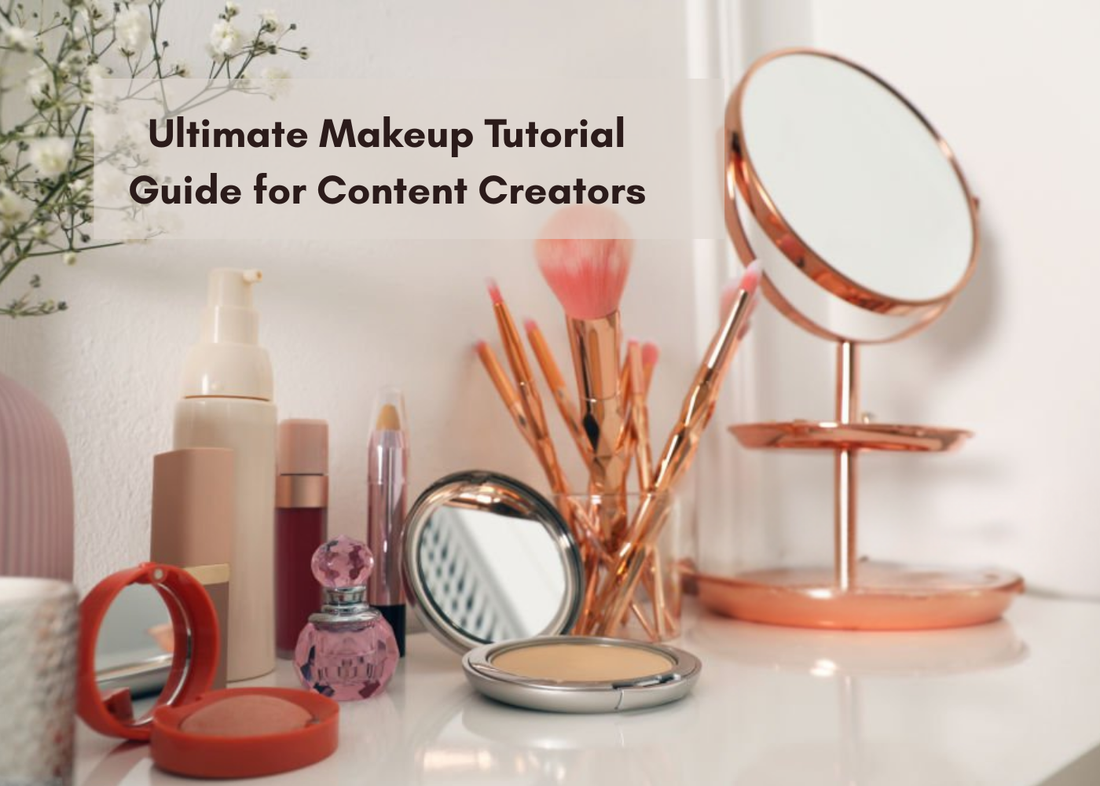
Have you ever wondered why some makeup tutorials look flawless on camera while others fall short?
It’s not always about high-end products it’s about knowing how lighting, filming angles, and techniques translate on screen.
The beauty industry has moved from still magazine spreads to interactive creator guides, which now draw over 169 billion views each year. Viewers want step-by-step teaching they can follow instantly, making strong tutorial skills more valuable than ever.
Typsy Beauty supports creators by offering vegan, high-performance products that perform consistently on camera. With the right techniques and reliable products, every creator can produce results that shine both on screen and in real life.
Essential Makeup Tutorial Techniques for Camera-Ready Results
1. Prepare Your Skin
- Cleanse & Exfoliate: Start with a clean face and remove dead skin cells.
-
Moisturize: Apply a suitable moisturizer for a smooth base.
- Prime: Use primer to even tone and extend makeup wear.
2. Foundation & Powder
- Photo-Safe Foundation: Pick a matte, medium–full coverage formula without SPF to avoid flashback.
- Control Shine: Set with translucent powder, focusing on the T-zone.
3. Definition & Dimension
- Contour & Highlight: Define features with contour and add subtle highlight.
- Blush: Apply more blush than usual for a healthy flush that shows on camera.
4. Eyes & Lips
- Eyes: Enhance with defined eyeliner, bold mascara, and slightly more shadow.
- Lips: Choose a flattering shade that holds up under lighting.
5. Finishing Touches
- Set with Spray: Lock makeup in place.
- Check in Natural Light: Preview how it looks before photos.
Key Tips for a Camera-Ready Finish
-
Use matte products to prevent flashback.
-
Go slightly bolder than everyday makeup for photos.
- Balance matte control with a touch of luminous highlight.
Foundation Application Methods That Film Beautifully
The foundation step is crucial in every makeup tutorial, and filming needs slightly different approaches compared to daily wear.
The Triangle Method for Even Coverage
- Place small dots of foundation on forehead, cheeks, nose, and chin
- Bounce a damp sponge outward from the center in gentle motions
- Apply thin layers gradually for natural coverage
- Focus blending under eyes, down the nose, and in the center of the face
Camera-Specific Foundation Tips
- Choose a shade slightly lighter than your skin to offset bright lights
- Set base with translucent powder immediately after blending
- Extend foundation to the neck and ears if they appear on camera
- Mist setting spray before and after powder for longer wear
Eye Makeup Techniques That Pop on Screen
Eyes need precise teaching in makeup tutorials since viewers must see every detail clearly.
Basic Eye Tutorial Structure
- Prime the lids from lash line to brow bone, covering inner corners
- Apply a transition shade in the crease using soft back-and-forth motions
- Pack color onto the lid with a flat brush, building slowly
- Deepen the crease and outer V with a darker tone
- Highlight inner corners and under the brow bone with a light shimmer
- Smoke color gently along the lower lash line to connect the look
Pro Techniques for Tutorial Success
- Show brush placement and motion on camera
- Film close-ups of blending for clarity
- Explain why each brush suits the step
- Demonstrate how to correct common errors
Contouring and Highlighting for Different Face Shapes
Contouring in makeup tutorials should emphasize how shadow and highlight translate differently on camera.
Universal Contouring Map
- Add contour along temples and hairline
- Blend below cheekbones in an upward motion
- Shade sides of the nose bridge and soften at the tip if needed
- Define jawline underneath the bone
- Blend beneath the chin if extra definition is needed
Highlighting Application
- Apply to cheekbones, bridge of nose, and center of forehead
- Brighten under eyes using a triangle shape
- Highlight the chin center for balance
- Enhance the cupid’s bow for defined lips
Step-by-Step Tutorial Filming Techniques
Demonstrating Application Methods Clearly
The strongest makeup tutorials simplify complex looks into digestible steps.
Effective Teaching Progression
- Begin with a reveal of the full look so viewers see the goal
- Divide sections into base, eyes, and lips
- Repeat each step once for explanation and once for confirmation
- Offer easier modifications for beginners
- Show how to fix mistakes on camera
Camera Angles for Maximum Learning Value
Angles make a difference in how makeup tutorials are understood.
Essential Shot Types for Makeup Tutorials
- Wide shot to capture full face progress
- Medium close-up to focus on one feature
- Extreme close-up for brush details and blending
- Side angle to highlight contour and definition
- Mirror shot for an over-the-shoulder perspective
Platform-Specific Tutorial Adaptations
YouTube Long-Form Makeup Tutorials
YouTube is ideal for full makeup tutorial breakdowns with space for complete looks.
Optimal Structure for 10–15 Minute Tutorials
- Introduction with preview and product rundown
- Skin prep including skincare and primer
- Base makeup with foundation, concealer, and powder
-
Step-by-step eye makeup section
- Face detailing with contour, blush, and highlight
- Lip preparation and color application
- Final reveal with setting spray and touch-ups
Short-Form Tutorial Adaptations
Short videos keep the same clarity but require faster pacing.
60-Second Tutorial Structure
- Show final look preview in the first three seconds
- Demonstrate quick base application
- Highlight one or two eye techniques
- Add lips and finishing touches in short clips
- End with reveal and quick product list
Advanced Makeup Tutorial Techniques
Color Theory for Creators
Color relationships give depth and value to makeup tutorials.
Essential Color Combinations
- Complementary pairs such as blue/orange or red/green
- Analogous shades like pink, purple, and blue together
- Triadic combinations spaced evenly across the wheel
- Monochromatic shades for soft gradients
Practical Application in Tutorials
- Show cool eyeshadow tones enhancing warm eye colors
- Use warm blush to balance cool undertones
- Build color stories with palettes
- Teach viewers how to spot undertones
Texture Mixing Techniques
Texture mixing adds dimension and versatility in makeup tutorials.
Effective Texture Combinations
- Apply cream blush then set with powder blush
- Layer liquid highlight under powder highlight for glow
- Use cream eyeshadow bases topped with powder for depth
Troubleshooting Common Tutorial Challenges
Technical Issues During Filming
Lighting and product application can look different on camera in makeup tutorials.
Lighting Problems
- Move ring light or add side fill lights to avoid shadows
- Adjust white balance for natural color tones
- Soften harsh light using diffusion covers
Application Issues on Camera
- Blend powder lightly to avoid chalkiness
- Clean brushes between shades to prevent muddiness
- Refilm or correct uneven blending in the moment
Teaching Different Skill Levels
Good makeup tutorial creators speak to beginners, intermediates, and advanced learners in one video.
Multi-Level Teaching Strategies
- Show beginner alternatives for minimal tools
- Add intermediate improvements for next-level skills
- Offer advanced variations for editorial results
- Recommend substitutes to make products accessible
What Makes a Great Makeup Tutorial?
The best makeup tutorials are simple to follow, filmed clearly, and delivered with authenticity.
Key Success Elements
- Build looks step by step without overwhelming viewers
- Recommend products honestly and provide options
- Address mistakes and show quick corrections
- Film with lighting and angles that display true colors
- Maintain pacing so viewers can keep up comfortably
Avoiding Common Tutorial Pitfalls
- Don’t rush through complex steps
- Always explain basics instead of assuming prior knowledge
- Limit unnecessary product overload
- Film close-ups for fine details
- Check lighting to avoid inaccurate tones
How to Build Your Makeup Tutorial Creator Guide Brand
Developing Your Signature Techniques
Many makeup tutorial creators grow their audience by offering a unique teaching style.
Creating Signature Elements
- Show distinctive brush or blending methods
- Use color palettes that reflect your personal style
- Adopt a recognizable teaching tone calm, fun, or technical
- Focus on practical solutions to common makeup problems
Connecting Tutorial Content to Your Audience
Strong tutorial content speaks directly to audience needs.
Audience Research Methods
- Read comments for repeated requests
- Run polls to see which topics are most wanted
- Check analytics to spot high-performing content
- Ask your community directly for input
Conclusion
Great makeup tutorials are more than just steps they’re a way to connect, teach, and inspire. The creators who succeed are those who explain clearly, use reliable products, and build trust with their viewers. With consistent practice, attention to filming details, and the support of performance-driven brands like Typsy Beauty, every creator can turn tutorials into both an art and a career.
FAQs
1. What makes a great makeup tutorial?
A great tutorial is clear, easy to follow, and filmed with good lighting and angles. It should also include product recommendations, correction tips, and pacing that lets viewers apply along with you.
2. How to film for social media?
Use natural or ring lighting, film short clips for clarity, and keep pacing quick. Close-ups of key steps and a strong hook in the first few seconds help grab attention on platforms like Instagram or TikTok.
3. How long should a makeup tutorial be?
Short tutorials (30–60 seconds) work best for TikTok or Reels, while YouTube tutorials can run 10–15 minutes for full looks. Choose timing based on platform and audience attention span.
4. What equipment is needed for filming tutorials?
Basic tools include a ring light, tripod, smartphone or camera, and a backdrop. Optional extras like softboxes or lapel mics improve quality but aren’t essential to start.
5. How can beginners start making makeup tutorials?
Start with simple everyday looks, film in natural light, and explain steps slowly. Use affordable products and focus on teaching basics before moving into advanced techniques.






